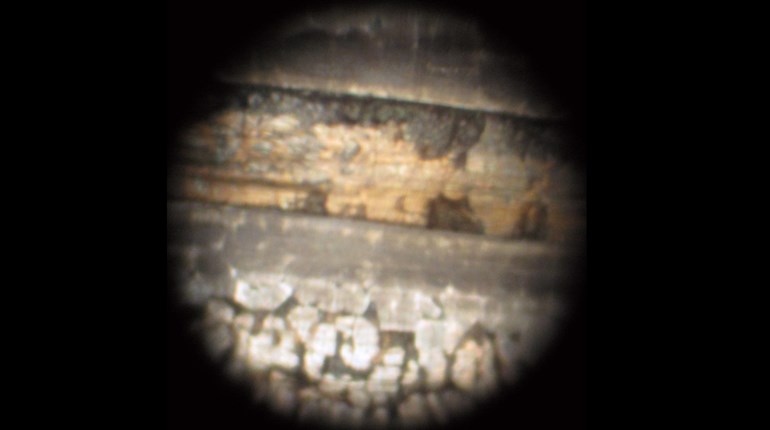
I have a problem that has perplexed me for the last three years concerning the Ruger Mark IV Target .22 LR pistol I shoot for Steel Challenge competition and just ringing steel for fun. In cleaning this gun over the last three years, I have yet to come out with a clean patch at the end of my cleaning sessions. One time I even cleaned it for two hours at a time for three days with still no clean patch at the end. I have used many cleaning products in the past, including Kroil, Montana Extreme Copper Killer, acetone, brake cleaner and JB Compound.
I do not have this problem with any of my other guns. I even switched from lead to copper-plated bullets, but no success. I have gotten to the point I clean it the way I would my other guns, then check it with a bore scope and, if it looks good, I settle for that, and it functions just fine.
But, being USMC trained, it is not clean if it cannot pass a white-glove inspection. So, this not being able to get a clean patch is about to drive me to group therapy and have me looking for a safe space. Mike Pierce, Prescott Valley, AZ
Well, Marine, it appears that you have gone way beyond the call of duty in your efforts to achieve perfection. Without conducting an in-depth, on-site inspection of the equipment in violation of your standards, I can only speculate and render an opinion of what might be the origin of your consternation.
From my own experience in working with match-grade rifle and pistol barrels, I can see where your displeasure with the inability to produce an unsoiled patch from a seemingly clean barrel could cause stress.
In past years I have run several series of tests with commercial and experimental barrel-cleaning media in an effort to take barrels that had been fired back down to base metal, with no carbon or copper fouling as a starting point. A part of the test was to see which medium worked as advertised and which was less effective than expected. The tests were divided into cleaners that relied on chemical action to realize the expected results and cleaners that were abrasive in nature to remove the fouling. The results were verified via bore scopes with magnification to validate the findings.
It was no surprise that we found that some barrels responded to some of the chemical cleaners better than others. This was particularly prevalent with the smoothness of the barrel’s interior surfaces. Match-grade barrels that had been lapped to remove any irregularities or imperfections cleaned down to bare metal without too much effort. Run of-the-mill production barrels fouled earlier and were more difficult to clean almost universally, though there were a few notable exceptions.
Upon examining the barrels that fouled quicker, it was found that microscopic voids and tool marks left from the original manufacturing process were the greatest contributors to lead, copper or carbon fouling. The rougher the barrel’s interior, the quicker it fouls.
Even after cleaning down to bare metal with the abrasive cleaners, some barrels still needed chemical cleaners to remove the fouling embedded in the voids and irregular spots.
After thoroughly cleaning a barrel down to bare metal and removing all perceivable fouling and contamination, a tight-fitting clean patch pushed through the barrel still had a very slight discoloring present due to the vapor-thin residues left by the cleaning agents. This was not really a concern because the bore scope verified the condition of the bore to the satisfaction of the test.
Out of curiosity, we tried a few cleaners that had nothing to do with firearms, but were excellent cleaners that left no smudges or residual film in their intended application. What we found worked to enable a clean patch in and a clean patch out was glass cleaner. It removed everything but the shine after the hard work was done by the chemicals and abrasives.
I am not recommending you use glass cleaner on your Ruger, I’m just stating a finding that may be of interest.
Regarding the pistol that is driving you to distraction, clean the barrel down to bare metal and take a look at the full length of its interior with your bore scope. I believe that you will see tool marks and minor imperfections that can trap minute amounts of bullet material, which is the likely source of the discoloring on your cleaning patches.
If the gun is reliable and accurate as it is, especially if you shoot it well, let it be the red-headed stepchild of your arsenal knowing that you can re-barrel it to a higher quality barrel at any time if that would keep you out of the asylum.

































